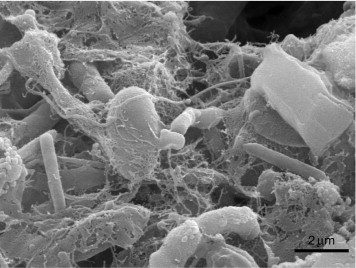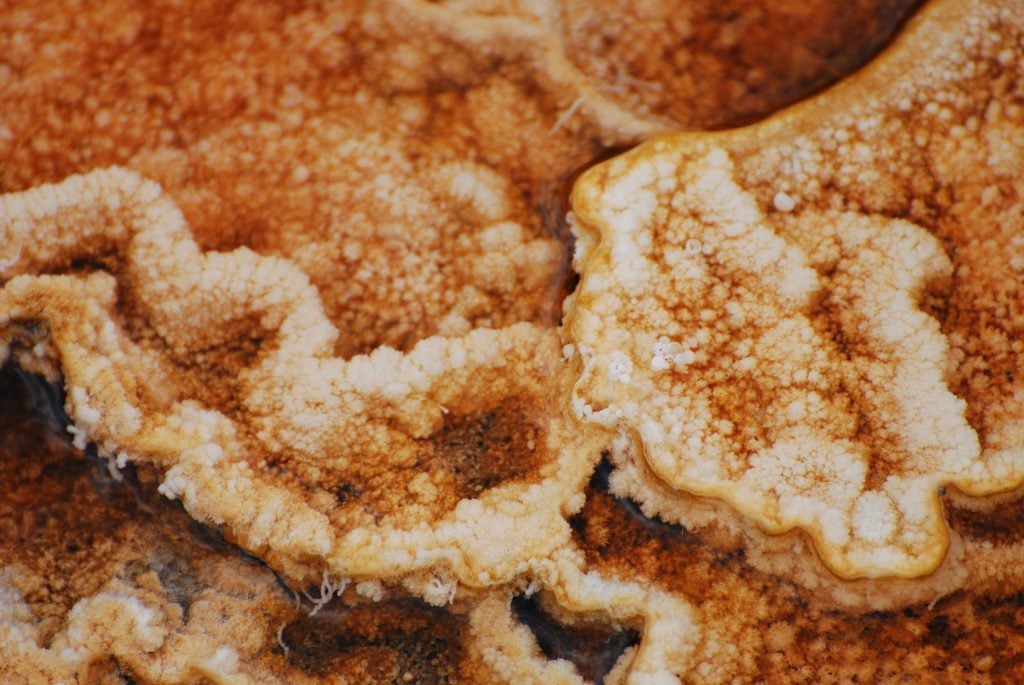What Are Extremophiles?
Extremophiles are exactly what they sound like: life forms that can survive in extreme environments. They are abundant on earth, in water, air, and space. Known as “extremotolerant organisms” they have evolved to tolerate the most uninhabitable conditions on Earth and beyond.
Adapting to Extreme Heat
Thermophiles are extremophiles that thrive in hot temperatures. In addition, they are found deep inside the Earth’s core or at the bottom of boiling geysers. Moreover, thermophiles thrive at 70°C temperatures and can cope in temperatures of 50°C to 80°C. Scientists discovered thermophiles in the 1960s.
Adapting to Cold Temperatures

Other extremophiles such as psychrophiles prefer cold temperatures. They are found on Antarctica’s ice sheets or deep underground in permafrost regions. Psychrophiles survive such harsh conditions in different ways. Some produce glycerol or antifreeze substances that help to reduce the freezing point of water by a couple of degrees.
Furthermore, these organisms can form partnerships with other organisms to thrive in these cold temperatures. For instance, Lichens form relationships with algae or cyanobacteria. It helps them to thrive in the driest and coldest conditions of Antarctica.
Adapting in Extreme Pressures

Some microbes can even survive without oxygen and at extremely high pressures. Life has been found about 11 km deep below our planet’s surface in the Mariana Trench. Therefore, these organisms are 1,100 atmospheres under pressure. However, studying these organisms is difficult because it is impossible to create a laboratory with such a high-pressure environment.
Although life can be found in such extreme environments, it does not prove that life could form in these conditions. This is because for life to be formed, scientists believe that a conducive environment is needed. Therefore, this environment must have liquid water, moderate pressure, and temperatures.
